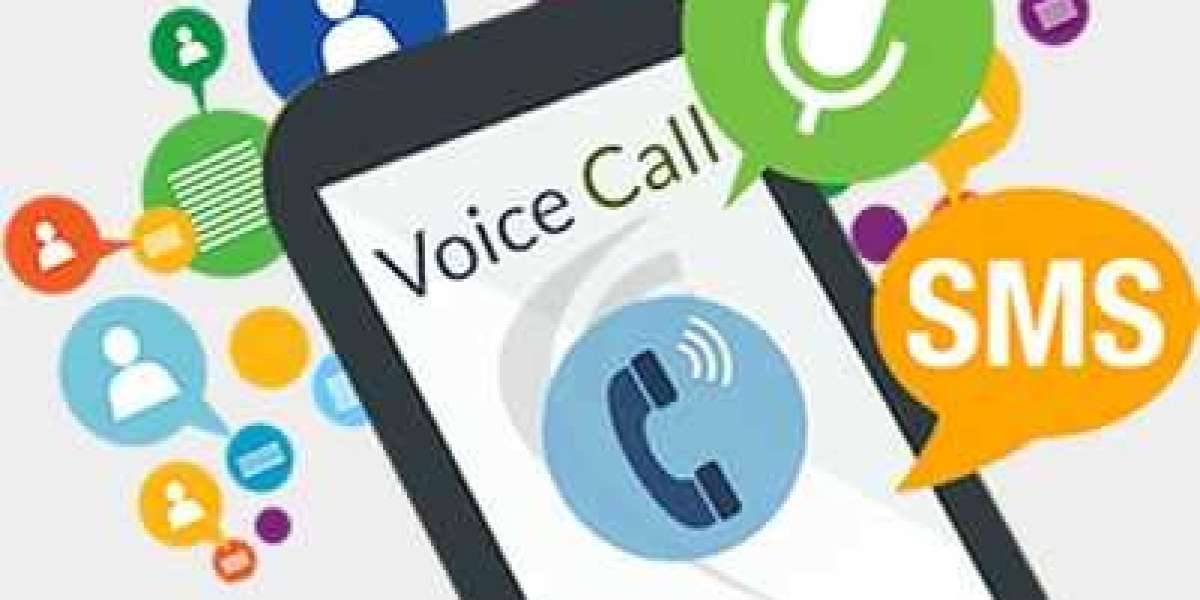In the age of work-from-home and seamless streaming, a broadband outage is a high-stress event. For the customer, a connection failure means lost productivity and immediate frustration. For the Internet Service Provider (ISP), it means a surge of inbound calls that overwhelm the support center, leading to long hold times, high operational costs, and plummeting customer satisfaction scores (CSAT).
The traditional support model—where the customer calls in, waits, explains the issue, and then waits again for a ticket update—is fundamentally broken for a real-time service like broadband. The solution isn't just more agents; it's smarter automation that intercepts the issue before the customer even picks up the phone.
By adopting a specialized automated voice call service in India, broadband companies are transforming their support from reactive crisis management into proactive, efficient communication, ensuring faster issue resolution and a vastly improved user experience.
What is an Automated Voice Call Service?
An automated voice call service, frequently used in the telecom industry as a proactive customer service tool, is a cloud-based communication platform designed to initiate high-volume, contextual phone calls based on real-time data or predefined triggers.
For broadband companies, its features are game-changing:
Real-time Triggering: The call is automatically launched the instant a known issue is logged against a customer's account (e.g., when the Network Monitoring System (NMS) detects a local outage).
Intelligent IVR Routing: Uses Interactive Voice Response (IVR) to allow the customer to interact with the system—to confirm an issue, receive an ETA, or instantly raise a support ticket.
Dynamic TTS Messaging: Leverages Text-to-Speech (TTS) to generate personalized messages that speak the customer's account number, the exact area affected by an outage, and the estimated time for service restoration (ETA).
? How Can Broadband Companies Improve Customer Support Using Voice Calls?
Voice automation enables broadband companies to address the three biggest customer service pain points: not knowing, waiting, and repeating information.
1. Proactive Outage and Restoration Alerts:
The Strategy: The moment a localized outage (say, a fibre cut) is detected, the system pulls all affected customers from the CRM and triggers an automated call. The message informs the customer of the outage, confirms the company is aware, and provides an estimated time of resolution (ETR).
The Impact: This proactive communication prevents the surge of inbound complaint calls that traditionally cripples the support center, managing customer expectations and showing the company is ahead of the curve.
2. Automated Account Diagnostics and Self-Help:
The Strategy: When a customer calls the helpline, the IVR identifies their phone number and immediately checks their connection status. If the line is down, the IVR offers immediate self-help steps: "We see your connection is currently down. Press 1 to restart your router, Press 2 to receive troubleshooting tips via SMS, or Press 3 to speak to a technician."
The Impact: This use of IVR-driven self-service resolves common, basic issues (like a simple router malfunction) without agent intervention, reducing operational costs and lowering hold times for customers with complex issues.
3. Technician Appointment Scheduling and Confirmation:
The Strategy: Once a fault ticket requires a home visit, the system sends an automated voice call to the customer, confirming the appointment time and technician details. It follows up 30 minutes before arrival: "Your technician, [Name], is 30 minutes away. Press 1 to confirm, Press 2 to reschedule."
The Impact: Voice confirmations significantly reduce missed appointments and "no-shows," leading to a more efficient use of field resources and a faster resolution of the customer's technical problem.
4. Service Quality and Post-Resolution Feedback:
The Strategy: 1-2 hours after the technician closes the ticket, an automated call is triggered. The call asks the customer to rate the quality of the service via IVR (e.g., "On a scale of 1 to 5, how satisfied were you?").
The Impact: Collecting immediate, structured customer satisfaction (CSAT) feedback via voice is highly effective and provides real-time data on agent performance and service quality, promoting closed-loop feedback systems.
5. Billing Reminders and Usage Alerts:
The service can be used for automated transactional reminders. Calls are triggered a few days before the broadband bill due date or when a customer nears their data limit. The IVR can route the customer to a payment link sent via SMS.
❓ Frequently Asked Questions (FAQs)
Does the automated voice call service comply with TRAI DND regulations in India?
Yes. Reputable providers of automated voice call service in India use dedicated Transactional or Service Implicit routes. These channels are legally compliant for non-commercial, critical customer service alerts—like service restoration updates and fault confirmations—and ensure the call reaches the customer even if they are on the National Do Not Disturb (DND) registry.
Can the system handle regional languages for diverse customers?
Absolutely. For nationwide reach, the service supports advanced multi-language Text-to-Speech (TTS). Broadband companies can configure the system to deliver service alerts in the customer's preferred regional language (e.g., Hindi, Marathi, Telugu), ensuring clarity on complex technical or billing matters.
What if the customer wants to speak to a human agent?
The system is designed for a smooth hand-off. At any point, the IVR should offer an option (e.g., "Press 9 to speak to an agent"). The call is then intelligently routed to the most appropriate, available human agent, who receives all the customer data (like the recent outage alert history) on their console for a personalized and context-aware conversation.
✅ Conclusion: The Future of Frictionless Support
For broadband companies operating in the hyper-competitive Indian market, customer experience is the ultimate differentiator. The automated voice call service in India is not just a technology upgrade; it's a strategic shift toward a proactive, customer-centric support model. By automating the communication of routine and urgent updates, ISPs can significantly reduce the burden on their call centers, eliminate customer anxiety, and ensure their technical support team can focus on complex fixes, leading directly to higher customer retention and brand loyalty.
SpaceEdge Technology: Digital Marketing Service Provider
SpaceEdge Technology is a full-service best digital marketing agency based in Ghaziabad, India, established in 2008. The company specializes in a wide range of services, including Search Engine Optimization (SEO), Social Media Optimization (SMO), Pay-Per-Click (PPC) advertising, website design and development, and bulk communication solutions such as SMS, email, and WhatsApp marketing. With over 15 years of experience, SpaceEdge focuses on data-driven strategies and customer engagement to enhance brand visibility and drive conversions. Their team of professionals works closely with clients to create tailored campaigns that deliver measurable results.








